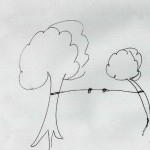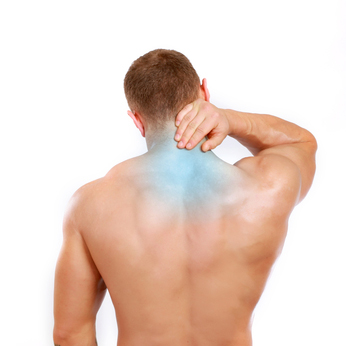Color Them Hyperactive
Author: Dr. Stephen Chaney
 Each year between 3 and 10% of school aged children are diagnosed with attention deficit/hyperactivity disorder (ADHD), also known as hyperactivity.
Each year between 3 and 10% of school aged children are diagnosed with attention deficit/hyperactivity disorder (ADHD), also known as hyperactivity.
Most of these children are currently being treated with drugs. And these drugs have side effects – ranging from relatively minor (loss of appetite, weight loss, insomnia and mood swings) to major (suicidal thoughts, psychotic behavior and drug abuse).
So it is only natural for parents to ask whether there is a more natural approach that they could follow and, more specifically, whether diet could make a difference.
The Feingold Diet And Hyperactivity
To answer that question let’s start by looking at just one aspects of children’s diets – the increasing prevalence of artificial food colors and preservatives in the diet. The average child today is consuming over 10 pounds of food additives every year!
The idea that food additives – specifically artificial colors and preservatives – might be responsible for hyperactivity was first raised by Dr. Ben Feingold over 30 years ago. He devised the Feingold Diet – a diet that was free of artificial food colors, preservatives
and other artificial food additives.
Some small scale clinical studies suggested that the diet might be successful and millions of parents used the diet for their hyperactive children with great success.
But the medical authorities pooh-poohed the Feingold Diet. They pointed out that when parents are putting their child on a special diet they are also giving that child more attention – and it might be the parent’s increased attention that decreased the child’s hyperactive behavior.
They also pointed out when you eliminate food additives from the diet you are decreasing the “junk” food and increasing fresh fruits and vegetables – in short the child’s diet is much healthier.
So eventually the Feingold Diet lost popularity – but the idea that artificial food colors & preservatives might trigger hyperactivity has refused to go away.
Do Artificial Colors Cause Hyperactivity?
 In fact, a couple of recent studies have substantially strengthened the link between artificial ingredients and hyperactivity.
In fact, a couple of recent studies have substantially strengthened the link between artificial ingredients and hyperactivity.
The first study was a meta-analysis of 15 previous studies looking at the effect of artificial food colors and preservatives on hyperactivity (Journal of Developmental & Behavioral Pediatrics, 25: 423-434, 2004).
This meta-analysis concluded that artificial food colors & preservatives caused an increase in hyperactivity in 28% of the children tested.
Almost all of the children in those previous studies were selected for the study because they had been diagnosed as hyperactive (ADHD). However, a more recent study looked at 297 children from Southampton England who had not been diagnosed as hyperactive (Lancet, 370: 1560-1567, 2007).
After an 8 week elimination phase in which artificial food colors and preservatives were removed from their diets, they were given a one week challenge consisting of fruit juice containing one of two different mixtures of four artificial food colors and the preservative sodium benzoate or a placebo.
The amount of artificial food colors and sodium benzoate in the fruit juice drinks was designed to match the average amount found in the English diet (which isn’t all that different from the American diet).
Once again, the results were clear. The amount of artificial food colors and preservatives found in the typical child’s diet is enough to trigger hyperactivity in many children.
The Bottom Line
So what does that mean to you if you have a hyperactive child? Could the simple act of eliminating artificial colors, flavors & preservatives from your child’s diet eliminate hyperactivity and give you back that calm, sweet child that you love?
- The available data suggest that removing artificial food additives from your child’s diet can make a difference in their behavior, but I tend to side with experts who suggest that a holistic approach is best.
- Eliminating food additives from your child’s diet is important, but also make sure the diet is a healthy one, that your child is getting all of the nutrients that they need and that they are getting all of the attention and support that they need.
These statements have not been evaluated by the Food and Drug Administration. This information is not intended to diagnose, treat, cure or prevent any disease.












